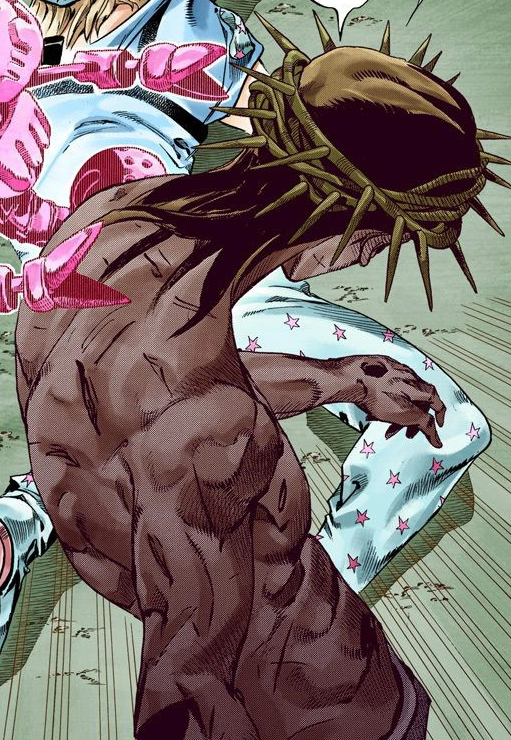"I do have odd habits. I check under my bed every night for the bogeyman. That's just a little thing, though."
-- Tori Spelling
In every culture there is some version of a bogeyman (also spelled boogeyman). There is no real description of what a bogeyman is or whether they are even male or female, but every culture seems to have its own version that follows a certain theme. For eons bogeyman stories have been told to children in an effort to get them to behave. In the United States, they are generally thought of as hiding under beds or in the closet. It's not actually known how far back the bogeyman myth goes, but evidence of the myth being told has been seen as far back as the 1500s and earlier.
It has been theorized that the bogeyman was created to personify the fear of the dark and unknown. Until recently, it was thought to only have been used to frighten children, but now that is being questioned. Saccadic dysfunction in children is something that has been documented fairly often. While not every child suffers from this, it is not uncommon. The dysfunction is thought to possibly be caused by the brain and eyes still developing. The common fear of the bogeyman in the closet that many children experience is in reality them being able to see
Species X-10. However, the myth of the bogeyman is so prevalent that adults tended to wave off their fears, convincing the children they were just seeing things and that there was nothing to be afraid of.
The bogeyman myth is found all over the world. While different cultures have different names for it, they all personify the same ideas and fears. While usually targeting children, some will target anyone who is guilty of doing something wrong. Many variations may only serve to scare the people they are stalking by appearing as a shadow in the bedroom, chasing someone, or even just scratching at the window. Others are much more dark and consist of carrying off naughty children to be eaten. For examples of variations, please see below.
- Sack Man: origin: many Latin countries - portrayed as a man with a sack who carries off bad children.
- El Coco: origin: Spain - a ghost with a pumpkin head that comes for children who don't sleep.
- Babau: origin: Mediterranean - portrayed as a tall man with a heavy black coat and black hood that hides his face that may take disobedient children to a scary place.
- Baba Yaga: origin: Russia - steals children in the night if they misbehave.
- Butzemann: origin: Germany - gnome-like, demonic, or ghostly in appearance, it hides in the shadows and corners of a room and carries children off.
- Wendigo: origin: United States - cannibalistic shapeshifter in Native American lore that people who commit sins may turn into.
- Slenderman: origin: the Internet - tall, thin man with long limbs, no face, and usually wears a suit; stalks and abducts people, especially children.
** This is by no means a complete list. This list is only to serve the purposes of showing some of the different types of bogeymen found throughout the world.















Some editorial notes: 1. Since we're on a wordcount, you could probably cut "(also spelled boogeyman)" without your article losing anything. 2. "The fascinating thing about the bogeyman myth is there is no description of what a bogeyman looks like or even whether it is male or female." - I feel this is a case where it would read better with "show, don't tell" and weave a description that makes it seem fascinating instead of telling us it is :) 3. "frighten children, but now that" - Probably an unnecessary comma? 4. "While not every child suffers from this, it is not uncommon, and it is thought to possibly be caused by the brain and eyes still developing." - There's something about this sentence that reads a little clunky. Maybe merge it with the previous sentence and rewrite it in two separate bits and, call out the Saccadic dysfunction specifically there? 5. "Knowing this, it is possible that the fear children experience of the bogeyman in the closet was in reality them being able to see Species X-10." - It feels like there's a conflict here between it being written from the perspective of someone in the universe and the all-knowing narrator.. Do you think so too? 6. "However, the myth of the bogeyman is so prevalent, that adults tended to" second comma can go 7. "convincing them they were just seeing things and that there was nothing to be afraid of." Convincing who? Themselves or the kids? Bonus points for including the Slenderman. <3 It's a good piece and it made me curious to read about X-10, which I will definitely do tomorrow.
Creator of Araea, Megacorpolis, and many others.
1. As far as the word count goes, I have all my articles written and on the stream they said they wouldn't penalize if you go a little over, but 6200 is their cutoff. I'm within range, so for now I'll probably leave that unless I need to cut something.
2. I made some updates to this!
3. Actually the comma is fine, I use the conjunction "but" and the phrases on either side of it could be considered whole sentences so a comma would be used.
4. Made some changes here!
5. Hmm, had to think about this one. Reworded it a bit.
6. Deleted :D
7. True point. Fixed!
Appreciate the feedback! Also, I couldn't resist including Slenderman since he has now become a modern day bogeyman!